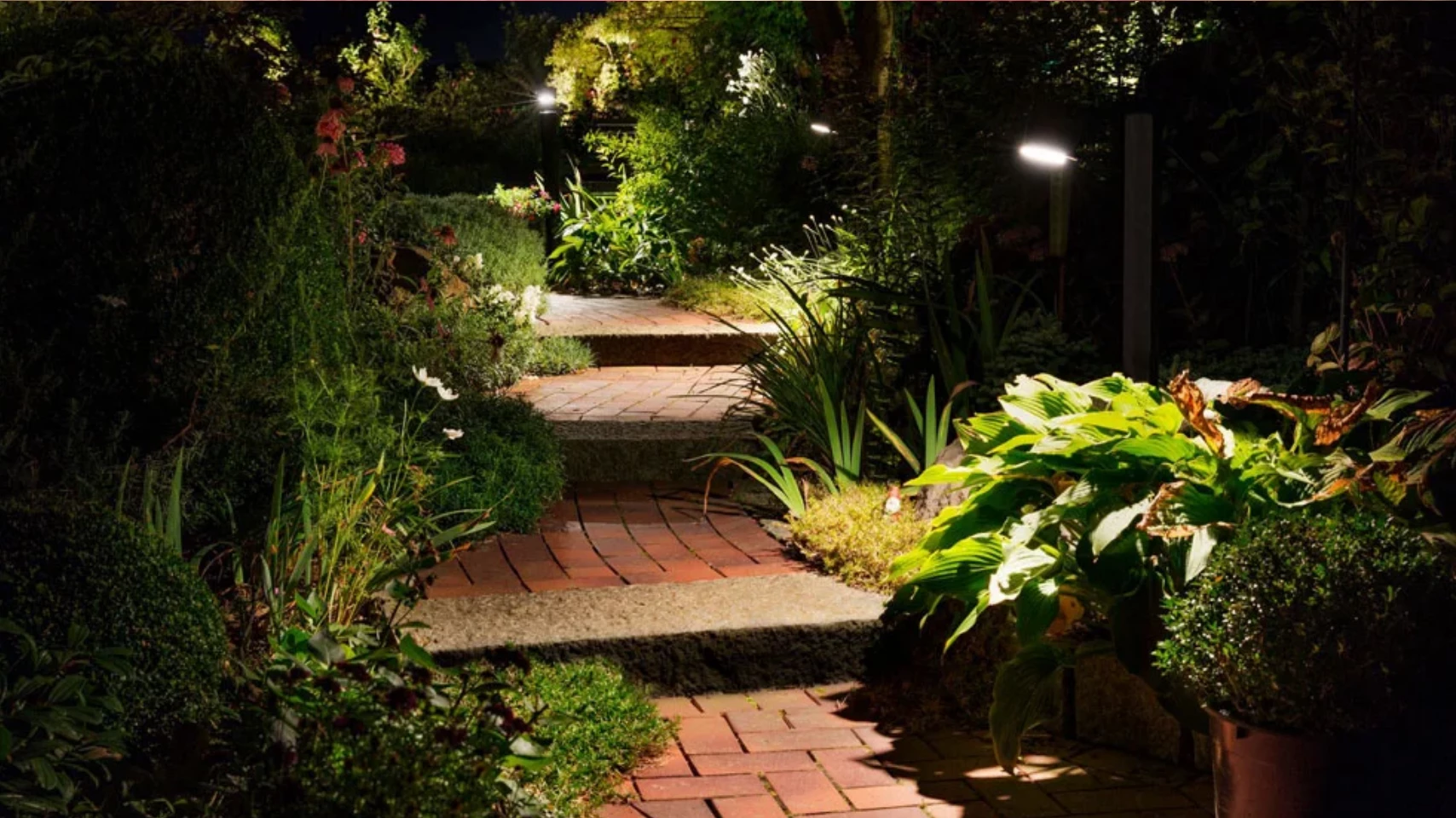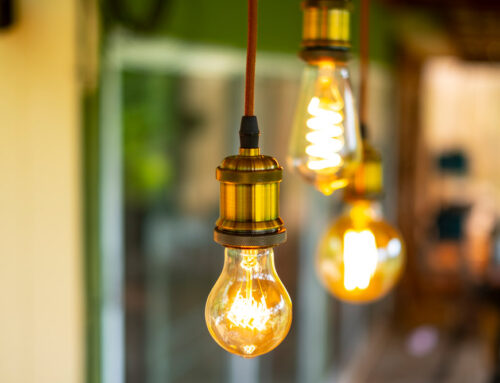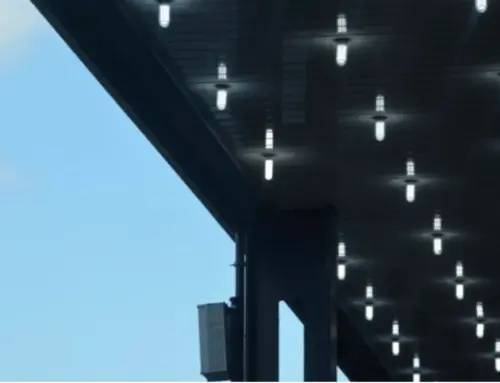Ever notice how certain rooms make you feel instantly calm, while others seem to buzz with energy? Or how a cozy outdoor patio feels like magic at night, while another feels… well, more like a parking lot?
That’s not an accident; it’s the light.
Lighting has always been practical, but in modern design, it’s become emotional too. It shapes how we experience space, influences our behavior, and even changes how we think. A single well-placed fixture can turn a cold, sterile environment into a warm, inviting one—or give an ordinary backyard a cinematic glow.
We’ve entered an era where lighting isn’t just about visibility; it’s about feeling.
Let’s explore the psychology behind lighting design and how both indoor and outdoor lighting installations are evolving to connect not just with spaces, but with us.
How Does Lighting Design Influence Human Emotions and Mood?
Light is the quiet storyteller of every space. It doesn’t shout for attention—it subtly shapes how we feel, guiding our emotions like a soundtrack in a movie.
Think about it:
- Bright, crisp light energizes us and keeps us alert.
- Soft, dim light encourages calm and intimacy.
- Warm tones make us feel cozy and safe, while cool tones promote focus and clarity.
That’s why stepping into a warmly lit coffee shop feels comforting, while a hospital waiting room (often drenched in blue-white fluorescents) feels clinical.
The Science Behind It
Our brains are wired to respond to light. The human circadian rhythm—the body’s internal clock—depends on light cues to regulate sleep, energy, and mood. When lighting mimics natural sunlight, it supports this rhythm, helping us feel balanced and awake.
Poor lighting, on the other hand, can do the opposite. Harsh, uneven, or flickering light can cause fatigue, headaches, and even anxiety over time.
Designing Emotionally Intelligent Spaces
Good lighting design recognizes that light is emotional currency. It can communicate warmth, professionalism, romance, or creativity—all without a word.
- Restaurants use low, warm light to encourage relaxation and longer dining times.
- Offices adopt adjustable white lighting to support alertness in the morning and calm focus in the afternoon.
- Retail stores use focused beams and dynamic color contrasts to highlight products and create excitement.
In short, lighting designers are part engineers, part psychologists. They don’t just install fixtures; they craft emotional experiences.
What Psychological Effects Can Modern Indoor Lighting Have on Well Being?
Indoor lighting has come a long way from the flick of a fluorescent switch. Today, it’s dynamic, responsive, and—when done right—deeply human-centered.
We spend nearly 90% of our lives indoors, so the light that surrounds us matters more than ever. Modern design is shifting from “illumination” to “well-being,” and the psychological benefits are hard to ignore.
1. Better Mood and Reduced Stress
Lighting affects hormone regulation. Exposure to warm, dim light in the evening encourages melatonin production, helping you relax. Bright, natural-like light in the morning triggers serotonin, improving mood and focus.
That’s why many modern offices now use human-centric lighting systems—LEDs that shift color temperature throughout the day, mimicking sunlight’s natural rhythm.
2. Enhanced Productivity and Focus
Cooler light (around 5000K) promotes alertness and concentration. Studies show employees perform better under bright, white light compared to dim, yellow light. Classrooms and coworking spaces are now using smart lighting systems that adjust automatically depending on time and task.
3. Reduced Eye Strain and Fatigue
Old fluorescent fixtures often flickered or cast uneven light, leading to eye strain. New LED systems provide consistent, glare-free illumination that feels gentler on the eyes.
4. Emotional Comfort and Personalization
Smart lighting systems give users control over brightness, tone, and even color. That sense of control over one’s environment—being able to create a “mood”—reduces stress and promotes comfort.
Imagine dimming your living room lights to a soft amber glow before dinner or brightening your kitchen lights for a Sunday morning breakfast. It’s not just convenience—it’s emotional tuning.
5. Connection to Nature
Designers are reintroducing “biophilic lighting”—using natural light patterns and shadows to mimic the outdoors. This helps maintain mental clarity and connection, even in windowless spaces.
Because when your lighting feels like sunlight, your brain believes you’re closer to nature and that alone boosts well-being.
Why is Emotional Design Important in Outdoor Lighting Installations?
If indoor lighting is about personal comfort, outdoor lighting is about collective experience. It turns architecture, landscapes, and public spaces into living, emotional environments.
Outdoor lighting isn’t just for visibility; it’s storytelling through illumination.
1. The Mood of the Night
Think about a street lined with warm amber lights. It feels safe, nostalgic, inviting. Now imagine the same street with harsh white floodlights—it feels sterile and exposed.
Lighting designers use emotion as a blueprint. A modern garden, for instance, might use layered lighting—soft pathway illumination, subtle wall washing, and gentle tree uplighting—to evoke serenity and sophistication.
2. Safety Meets Atmosphere
Good outdoor lighting walks a delicate line between security and ambiance. The goal is to make spaces feel safe without killing their charm. That’s why modern lighting installations focus on diffused brightness—lighting that spreads evenly instead of glaring.
It’s about creating peace of mind, not interrogation-room vibes.
3. Emotional Landmarks
Cities use lighting to create identity. Think of Paris’s golden streetlights or New York’s skyline glow. Even small communities are embracing emotional lighting—using color-changing LEDs on landmarks, fountains, or storefronts to celebrate local events or holidays.
4. Outdoor Lighting for Human Connection
Patio string lights, soft deck sconces, and warm garden lamps transform outdoor spaces into places for conversation. They invite people to linger, talk, and connect.
In a world that often feels rushed and digital, well-designed outdoor lighting gives us permission to slow down and enjoy our surroundings.
How Do Color Temperature and Brightness Impact the Atmosphere of a Space?
Color temperature and brightness are the unsung heroes of lighting psychology. Get them right, and you can make a space feel welcoming, elegant, or alive. Get them wrong, and even the most beautifully designed room feels off.
1. Understanding Color Temperature
Measured in Kelvin (K), color temperature determines whether light appears warm (yellow/orange) or cool (white/blue).
- Warm light (2000K–3000K) feels cozy, relaxing, and intimate. Perfect for living rooms, bedrooms, and restaurants.
- Neutral light (3500K–4100K) feels balanced and natural—ideal for kitchens, offices, and general-purpose spaces.
- Cool light (5000K–6500K) feels crisp and energizing, great for task areas, hospitals, or studios.
The right temperature creates emotional alignment. You wouldn’t want a spa lit like a hospital—or a restaurant lit like a factory.
2. Brightness and Perception
Brightness shapes how we perceive depth, texture, and comfort.
- Soft, diffused light creates intimacy and warmth.
- Focused, directional light highlights detail and drama.
- Overly bright spaces can feel sterile, while dim spaces can feel unsafe.
That’s why layering light—combining ambient, task, and accent lighting—is so effective. It lets you create emotional range instead of a one-note environment.
3. The Art of Control
Modern lighting systems let users adjust color temperature and brightness in real time. That flexibility turns static spaces into adaptable ones.
Want a calm evening setting? Dim to 2700K. Need energy for work? Shift to 5000K. The emotional impact is immediate.
Lighting isn’t just a design choice—it’s a dialogue between mood and environment.
Lighting as the Language of Emotion
Lighting design has evolved from utility to artistry. It’s no longer just about visibility—it’s about vision. Each bulb, each beam, each reflection contributes to how people feel, interact, and remember a space.
In the right hands, lighting becomes invisible yet unforgettable—a subtle guide that turns architecture into experience, and buildings into living, breathing spaces.
Illuminate Experiences with Starnes Electric LLC
At Starnes Electric LLC, we believe light should do more than brighten a room—it should elevate how people feel within it. From warm, welcoming indoor spaces to breathtaking outdoor environments, our lighting installations are designed to blend artistry, technology, and emotion.
Our team understands the psychology behind light—how it shapes mood, defines architecture, and tells a story without saying a word. Whether you’re renovating your home or enhancing a commercial property, we’ll help you craft lighting that feels as good as it looks.
Let’s design illumination that moves people, not just powers places.




